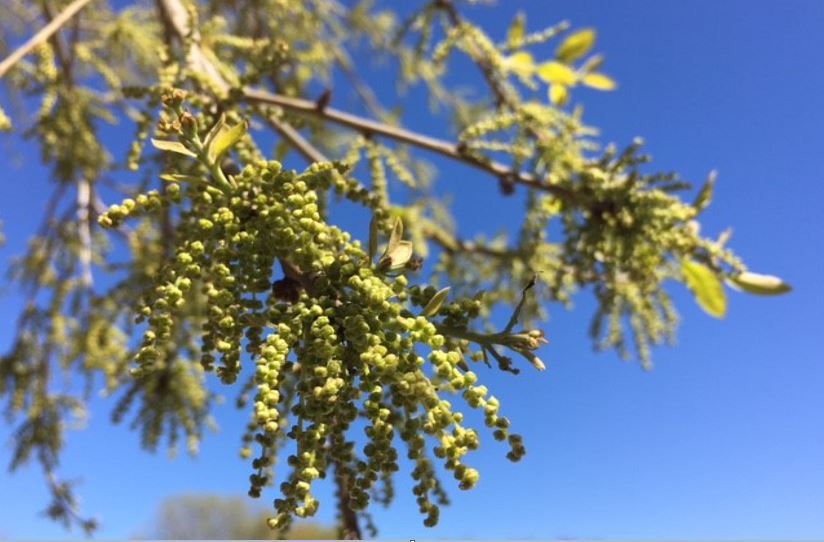Itchy eyes, runny nose and sneezing fits can mean one thing in Texas: It's spring!
While all the flowers are blooming and the grass is turning green, a dirty yellow film is taking over our cars. What’s to blame? The most famous tree in Texas, the oak.
Oak trees hold on to their leaves through the winter months. As the new leaves start to bud out, the old leaves fall and shed stringy tassels called catkins. They are spent male flowers whose purpose is to shed pollen that is carried by the wind to female flowers.

The live oak is probably the most popular of the oak trees in Texas. In fact, many businesses have adopted the name and there is a city called Live Oak, just northeast of San Antonio. It’s not surprising, since this graceful tree can grow up to 60 feet tall and can shade an area about 120 feet wide. The oldest known live oak lives in Rockport at Goose Island State Park and is more than 1,200 years old.

The bur oak is known for its large leaves and big acorns. They are great for city parks because they can tolerate smoke and air pollution quite well.
The post oak thrives in Texas because it doesn’t require a lot of water and tolerates our heat. These trees typically grow in the wild and produce a significant number of acorns compared to the other oak trees.
We still have a few more weeks of oak flying around before we settle into our wettest month of the year, May. I just hope we get a little break in the pollen before summer mold makes a comeback.

Check your local allergy information here: Austin area | San Antonio | DFW Metroplex



